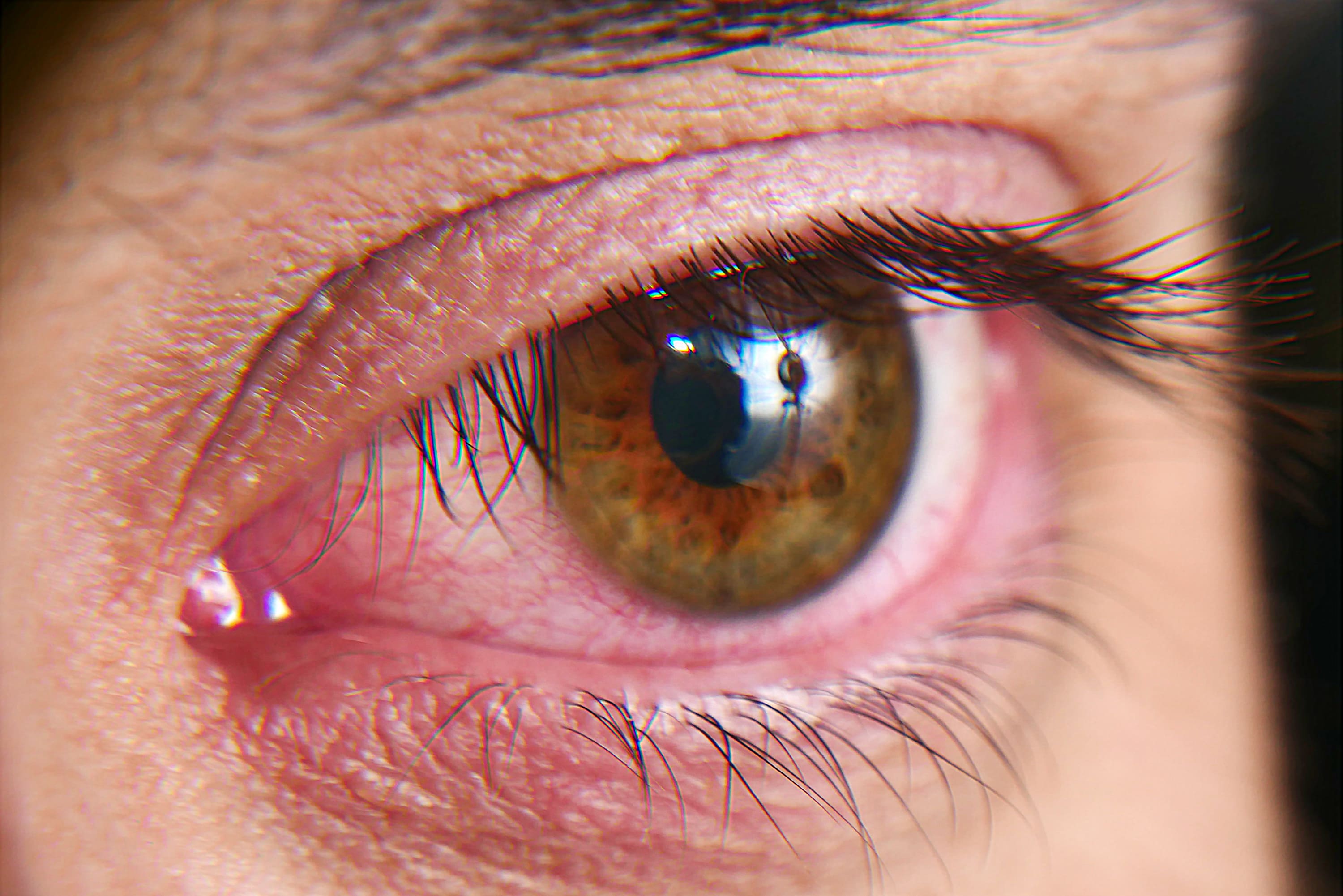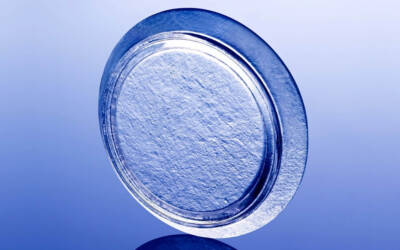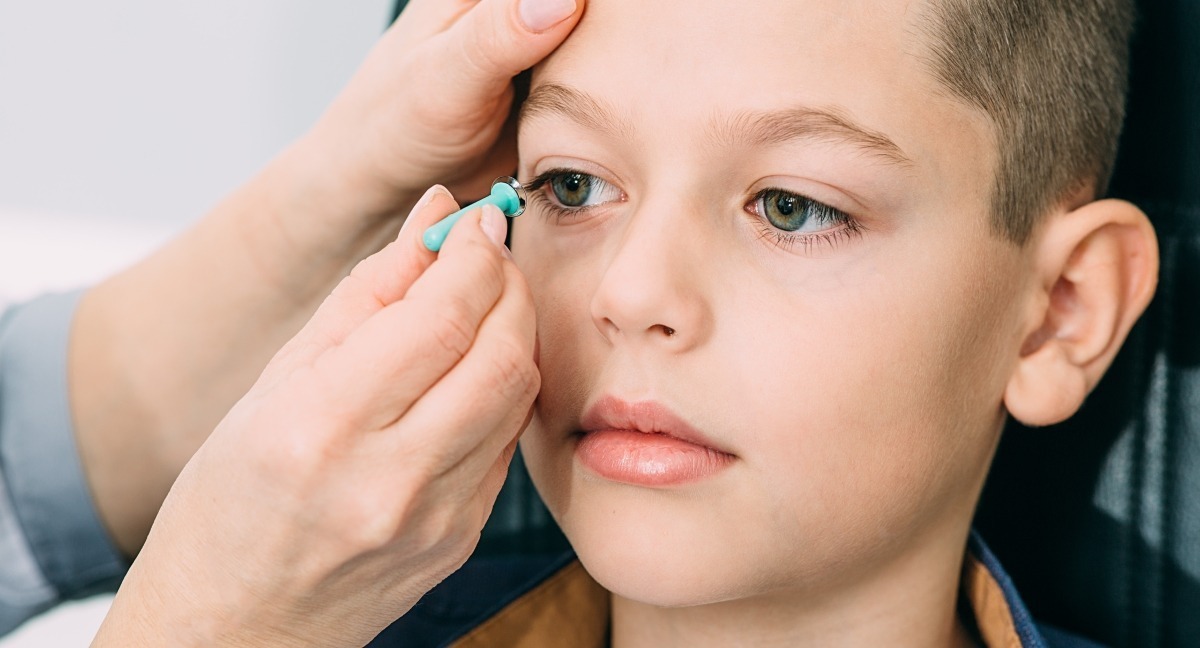As the kids head back to school and the weather changes, we and ourselves doing more activities that put us in
close quarters with others. These circumstances make us more susceptible to infections, including conjunctivitis,
better known as “pink eye.”
“Symptoms of pink eye, or conjunctivitis, include red eyes and discharge that may cause the eyes to feel irritated,” says Dr. Lisa Porter.
About three million cases of pink eye are reported in the U.S. every year. According to the National Eye Institute,
pink eye is one of the most common and treatable eye conditions in children and adults. Here’s what Dr. Porter wants patients to know about how pink eye spreads, how to prevent it, and how to treat it.
3 TYPES OF PINK EYE:
Pink eye may be caused by a virus, bacteria, or allergies. Viral pink eye is the most common type of conjunctivitis. Sparked by the same virus that causes runny noses and sore throats in people with the common cold, it is extremely contagious. It may cause burning, red eyes with a watery discharge.
Bacterial pink eye, caused by a bacterial infection, and is also contagious. It causes sore, red, and goopy eyes.
Allergic pink eye is not contagious. It comes from an allergic reaction to environmental factors like; pollen,
smoke, or pet dander. It can result in itchy, red, and watery eyes and may cause puffy eyelids. Children are most likely to get viral or bacterial pink eye. That’s because they’re in close proximity with others at schools and daycares. Contagious pink eye commonly spreads through direct contact with an infected person’s bodily fluids—usually through hand-to-eye contact.
PREVENT THE SPREAD OF PINK EYE
Here are some steps you can take to help prevent the spread of pink eye: Wash your hands often with soap and water or use hand sanitizer when available. Don’t touch or rub your eyes. Don’t share anything that touches the eyes, including eyeglasses, makeup, masks, or costumes. Make sure to use your own towel, blanket, and pillowcase.
WHEN TO SEE A DOCTOR
Please visit your eye doctor immediately if a person experiences these symptoms:
Vision changes
Goopy or matted eyes
Significant discomfort
Light sensitivity
Increased redness
Swelling of the eyelids
Fever
Your doctor will prescribe prescription eye drops as needed.








